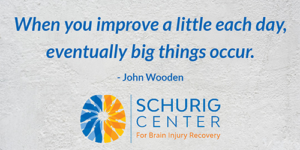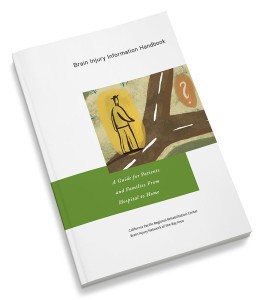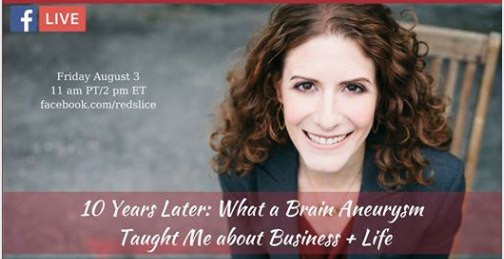The Karen G. Schurig Art Studio is pleased to present The Inside/Out Project
Brain injury is often referred to as an “invisible disability.” On the outside, a person with brain injury may “look fine” to others. But, in reality, the person affected by brain injury may be experiencing a range of cognitive, physical, behavioral, and emotional challenges. Through the creation of hand painted masks, The Inside/Out Project offers brain injury survivors the opportunity to explore and express how they feel others see them on the outside and how they see themselves on the inside. Below is a video featuring masks created by survivors for this project.
Building understanding with a person living with an invisible disability, like a brain injury, requires patience, empathy, and active listening. It’s important to recognize that their challenges may not always be visible, so offering support without making assumptions is key. Open communication and creating a safe space for them to express their needs can foster deeper connection and trust.
The Inside/Out Project Mask Slideshow





